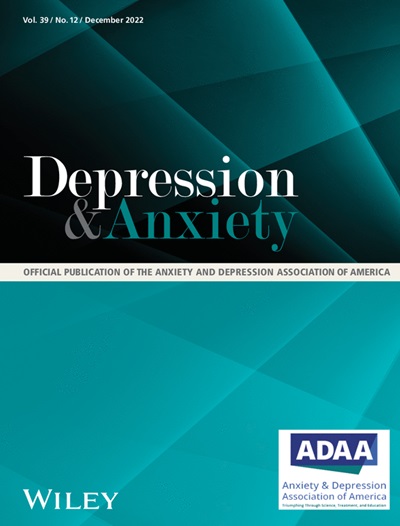Association of Prenatal Depression With Second to Fourth Digit Ratio in Children Aged 4 and 6 Years
Abstract
Animal studies have indicated that prenatal depression may affect the reproductive development of offspring. The digit ratio has been proposed as a marker of in utero reproductive development. The aim of this study was to explore the association between prenatal depression and the digit ratio (2nd:4th digit ratio (2D:4D)) in children. This study involved 668 mother–child pairs enrolled in the Shanghai–Minhang birth cohort study (S–MBCS). Prenatal depressive symptoms among pregnant women were evaluated during recruitment and late pregnancy using the validated Chinese version of the Center for Epidemiological Studies Depression Scale (CES-D). Measurements of digit lengths of both hands were conducted during follow-up visits at 4 and 6 years. We observed that mothers with prenatal depressive symptoms tended to have offspring with higher digit ratios at 4 and 6 years of age. For children whose mothers experienced depressive symptoms in the second trimester, the digit ratio of the left hand (2D:4DL) at 4 years of age increased by 0.007 (95% CI: 0.000, 0.015) in the subthreshold group and 0.010 (95% CI: 0.001, 0.019) in the screen-positive group. For those with depressive symptoms in the third trimester, the 2D:4DL in the screen-positive group increased by 0.012 (95% CI: 0.001, 0.023) at 4 years of age and 0.014 (95% CI: 0.003, 0.024) at 6 years of age. A dose–response relationship was established for both the strength and duration of depressive symptoms. Our study suggests that prenatal depressive symptoms may perturb the reproductive development of offspring and predominantly exhibit a feminizing effect.

 求助内容:
求助内容: 应助结果提醒方式:
应助结果提醒方式:


